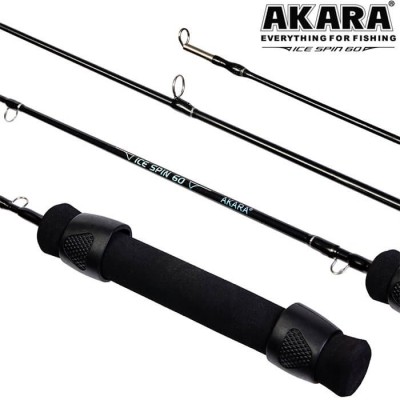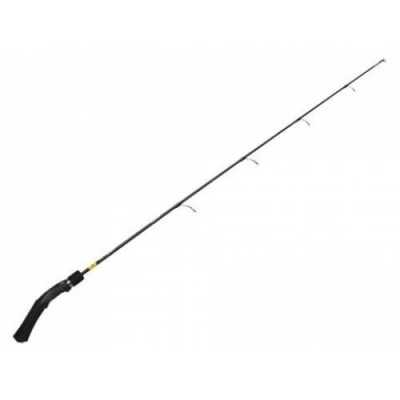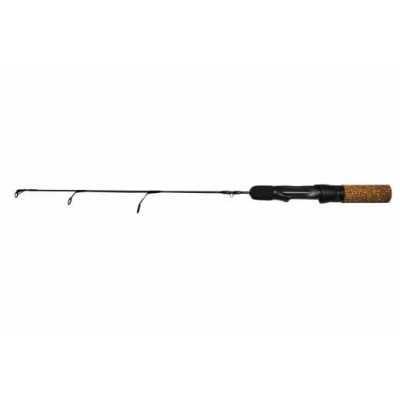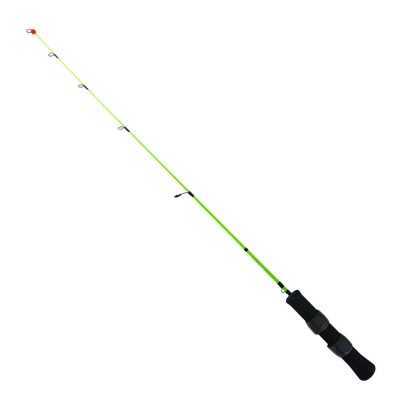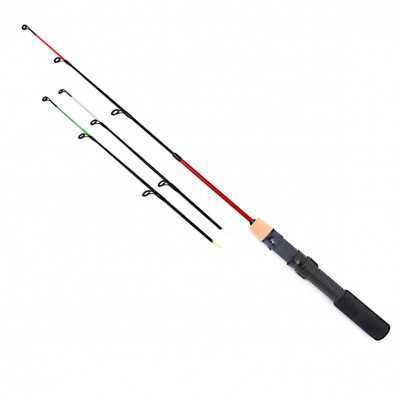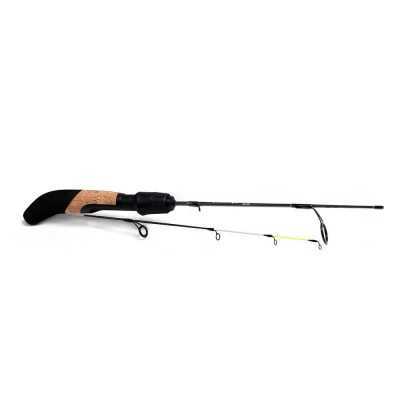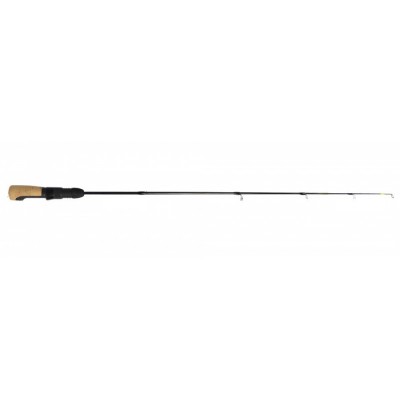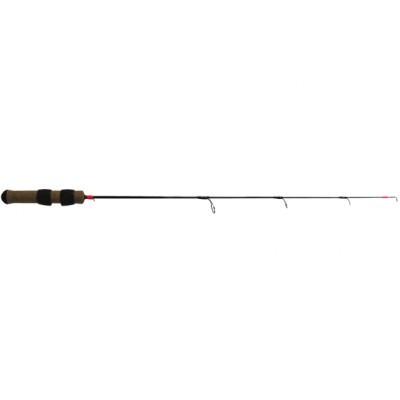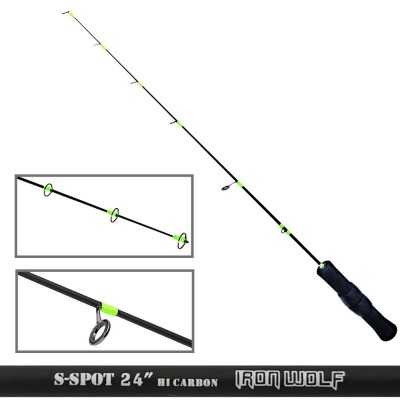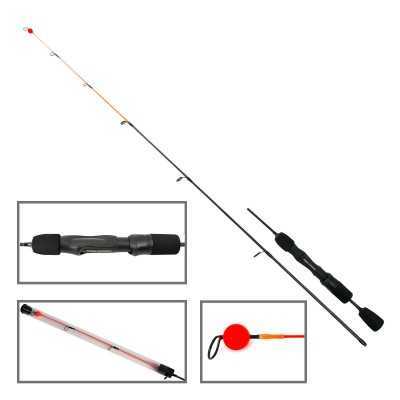Regular price €79.00 -25% Price €59.25
Winter spinings
Sort by:
Winter rods: how to choose the right one
Features of winter rods
Winter rods, also known as winter spinners, are specialised fishing tools for ice fishing in winter, i.e. fishing from under the ice, i.e. vertically downwards. The main difference from traditional spinning rods is that winter spinning rods are much shorter and lighter, as they are used to lower the bait down rather than throwing it as in open water fishing. The standard length of a winter rod varies from 30 to 80 cm. It is important to choose a length that suits your fishing style and the specific conditions in which you fish. If you fish standing up, a longer rod would be better, while a shorter rod is suitable for sitting down. The length of the rod also determines the potential control potential of the catch. The longer the rod, the easier it is to control a serious catch, so rods as long as 60-80cm are recommended for larger pike, while shorter rods are sufficient for perch fishing.
When choosing winter rods, special attention should also be paid to shank strength categories. The strength indicates the weight of the bait for which the rod is suitable. Winter rods are usually classified as UL (Ultra Light), L (Light), ML (Medium Light), M (Medium), MH (Medium Heavy), H (Heavy), XH (Extra Heavy). The first ones are designed for fishing with light shiners and small 2cm balancers, the XH ones are already suitable for the heaviest vibes or sinkers.
Rod blank material
Until recently, winter rods were practically all made of fibreglass, as carbon was considered too brittle and hard, but with the development and advancement of carbon blank technology, the market is slowly being overtaken by rods made of carbon fibre. Fibreglass rods are still being produced only because they are cheap to produce, in order to make the cheapest possible gear.
Construction of the rod blank
Winter rods are manufactured in flat and round shapes. Flat-shaped rods have been around for a while, around 2015. They were made of fibreglass and became very popular due to their strength and the ability to simply flatten the tip of the rod to the point where it is soft as a guard. However, these rods had one very obvious drawback, they were not very sensitive and heavy compared to modern carbon round-blanks. Recently, flat-bottomed carbon rods have started to be produced, and it is still difficult to say what their potential is, but it is unlikely that this will be a lasting trend either. Round blank is probably not used for nothing in all open-season rods, no matter how they are used, whether for casting, vertical catching or trolling.
.






